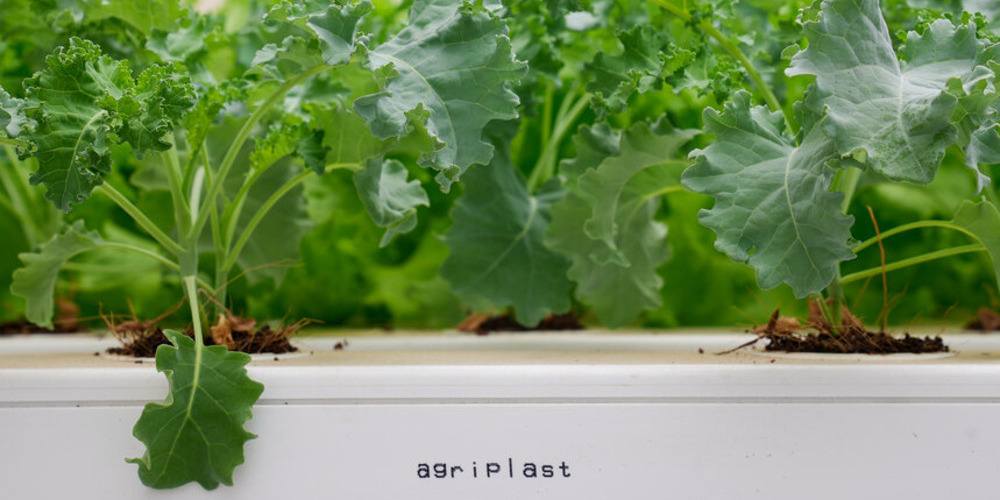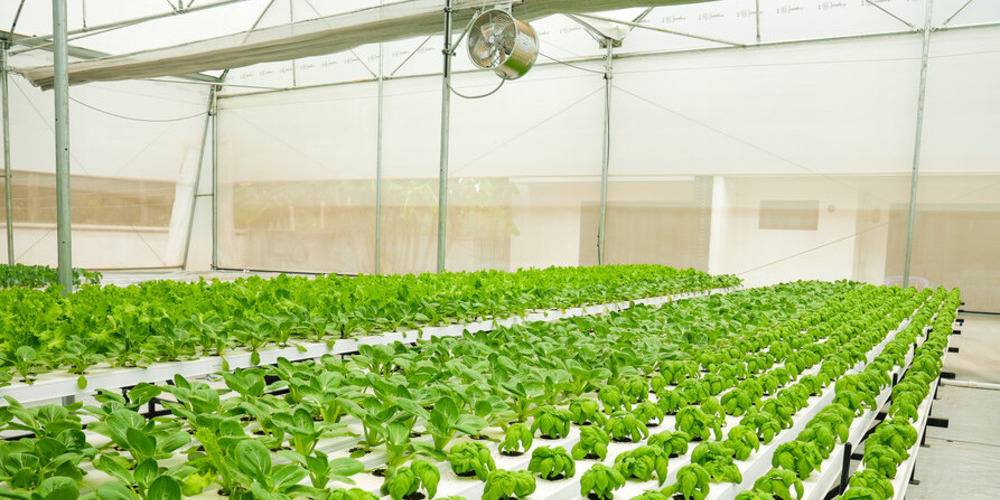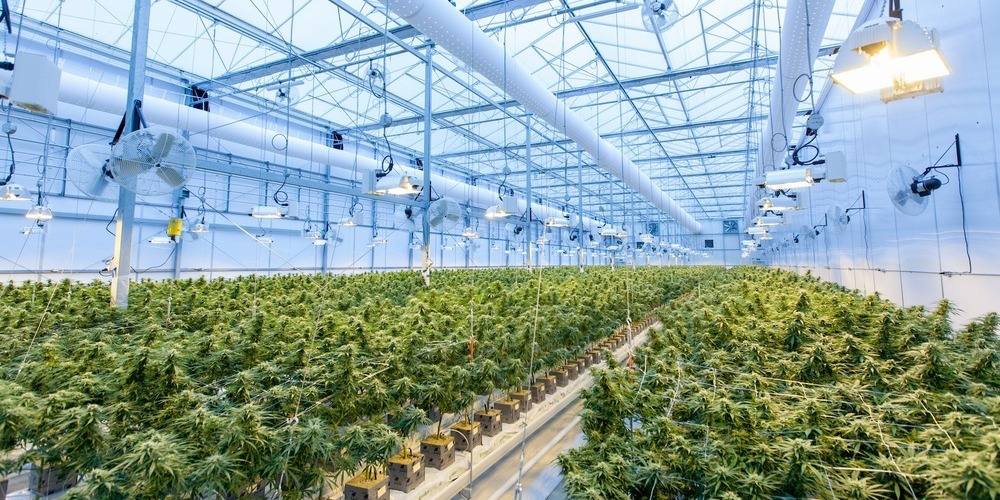Using Agricultural Technology within Agriplast's Innovative Structure
How Agriplast Protected Cultivation Helped Farm in Sikar Double Cucumber Production
Located on the outskirts of Sikar, Rajasthan, Mahesh’s farm was once an ordinary greenhouse operation—a modest plot where cucumbers struggled under the region’s erratic climate. When he first heard about Agriplast Protected Cultivation’s turnkey solutions, Mahesh was cautious but intrigued: could a well-engineered polyhouse and specialized agronomy support genuinely outpace other greenhouse farmers in the area? Today, Mahesh proudly credits Agriplast for not only doubling his cucumber production but also for transforming his entire approach to protected cultivation.
Agriculture is the backbone of India, but with climate change, decreasing arable land, and rising population, the traditional ways of farming are becoming increasingly unsustainable. Vikas Prajapati, a visionary farmer from Sikar, Rajasthan, realized this early and decided to embrace Hi-Tech Farming. Today, he is successfully growing Coloured Capsicum (Bell Peppers) in a region where such crops were once thought impossible, all thanks to Agriplast Protected Cultivation.
Understanding the Challenges of Protected Cultivation in Rajasthan
Rajasthan’s semi-arid climate poses unique obstacles for greenhouse growers. High daytime temperatures, drastic drops at night, and unpredictable wind patterns all conspire to stress plants—especially cucumbers, which demand stable humidity, precise irrigation, and robust pest control. For many local growers, inconsistent film quality, inadequate ventilation, and a lack of expert guidance meant subpar yields and high input costs. Mahesh’s farm was no exception. Despite investing in a basic greenhouse structure, he saw only marginal improvements over open-field yields. Without systematic monitoring of microclimate conditions and tailored nutrient management, his harvests remained disappointing—until he partnered with Agriplast.

The Agriplast Polyhouse: Engineered for Maximum Yield
1. High-Quality Greenhouse Film
Agriplast’s UV-stabilized, multi-layer polyethylene films are designed to filter harmful UV rays while allowing optimal PAR (Photosynthetically Active Radiation). This balanced light transmission ensures that cucumber vines receive consistent solar energy without the scorching heat that often plagues Rajasthan’s summers.
2. Advanced Ventilation & Climate Control
Mahesh’s new polyhouse features side-vent and ridge-vent systems that automatically adjust to temperature fluctuations. By promoting cross-ventilation and eliminating heat pockets, the greenhouse maintains an ideal 25 – 30 °C range during the day and prevents humidity spikes at night—crucial for reducing fungal outbreaks in cucumbers.
3. Rigid, Corrosion-Resistant Frame
Constructed from galvanized steel with powder-coated finishes, the Agriplast polyhouse frame withstands strong desert winds and heavy monsoon rains alike. Mahesh no longer worries about structural damage during dust storms, and the sturdy frame supports the weight of drip lines, trellising nets, and shade curtains without sagging.
4. Integrated Drip & Fertigation System
Precision irrigation is essential for maximizing cucumber fruit set and size. Agriplast installed a drip-fertigation network that delivers water and nutrients directly to the root zone at scheduled intervals. With Priyanshu’s guidance, Mahesh now follows a detailed fertilization chart—optimizing NPK ratios during vegetative growth, flowering, and fruit development stages.
On-Site Agronomy Support: The Key to Success
Mahesh’s farm manager, Priyanshu, was initially unfamiliar with protected cultivation best practices. Agriplast’s dedicated agronomists scheduled bi-weekly site visits to monitor plant health, soil moisture levels, and pest pressure. Here’s how their expertise made a difference:
Soil & Water Testing: Agriplast performed a comprehensive soil analysis to identify micronutrient deficiencies and optimize pH levels (target: 6.0 – 6.5). Drip line water samples were tested for EC (Electrical Conductivity) to adjust fertilizer concentrations, preventing nutrient burn or salt accumulation.
Tailored Crop Nutrition Plan: Based on test results, Priyanshu received a week-by-week nutrient schedule, including chelated micronutrients (Fe, Zn, B) to correct early-season deficiencies. By monitoring leaf tissue samples, Agriplast agronomists made real-time adjustments—ensuring each growth phase had the precise NPK ratio.
Integrated Pest Management (IPM): With cucumbers vulnerable to pests like whiteflies, aphids, and thrips, Agriplast created an IPM calendar: deploying biological control agents (e.g., Trichogramma wasps) and using pheromone traps to reduce chemical pesticide reliance. Mahesh now maintains a clean bench area, removes infected vines promptly, and rotates biopesticides—keeping pest populations consistently below the economic threshold.
Climate Monitoring & Data Logging: A small weather station inside the polyhouse continuously records temperature, humidity, and light intensity. Data is uploaded weekly to Agriplast’s cloud dashboard, enabling remote troubleshooting when Priyanshu encounters unusual spikes. Automated alerts warn when humidity exceeds 85 % or nighttime temperatures drop below 18 °C—prompting timely vent adjustments or the use of poly-fleece covers.
Real-World Results: Doubling Cucumber Production
Before Agriplast’s intervention, Mahesh’s greenhouse consistently yielded 12 – 15 tonnes/acre per season. Within six months of retrofitting the polyhouse and implementing Agriplast’s agronomy recommendations, production surged to 25 – 28 tonnes/acre—an impressive 2× increase. Key factors behind this boost include:
Uniform Pollination & Fruit Set: Better temperature control meant more consistent flowering and fruiting, reducing misshapen cucumbers.
Reduced Post-Harvest Losses: A cleaner IPM regime lowered incidence of powdery mildew and bacterial wilt, ensuring more marketable fruits.
Efficient Resource Use: Precise fertigation cut fertilizer inputs by 20 % without compromising quality—improving profit margins.
Off-Season Harvests: With the polyhouse shielded from extreme heat and cold, Mahesh tapped into off-peak markets, selling cucumbers when prices were at a premium.
Why Agriplast Protected Cultivation Works
Why Agriplast Protected Cultivation Works
Turnkey Solutions : From design and installation of polyhouse structures to agronomy training, Agriplast offers end-to-end support—eliminating guesswork for growers.
Customized to Rajasthan’s Climate : Every recommendation takes local weather patterns, soil types, and market demands into account—ensuring relevance for farmers in Sikar, Bikaner, Jaipur, and beyond.
Sustainable Practices : Emphasis on biological pest control, water-efficient irrigation, and high-UV films helps conserve resources and reduce chemical footprints.
Proven ROI : Farmers like Mahesh see measurable returns—doubling yields, cutting input costs, and tapping off-season markets for higher profits.
—then it’s time to explore Agriplast Protected Cultivation. Our team of designers, engineers, and agronomists will work alongside you to build a customized polyhouse solution and a science-backed crop management plan.





















